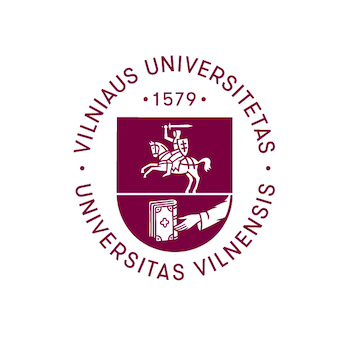The present technology is based on combining ultrafast 3D laser nanolithography with calcination. Direct Laser Writing 3D lithography technique allows the production of initial 3D structures with relatively small (hundreds-of-nm) feature sizes out of hybrid organic–inorganic material SZ2080. Post-fabrication heating at high temperatures facilitates the decomposition of the organic part, which results in glass or polycrystalline ceramic hybrid material. During the heating procedure, 3D nanostructures permanently and homogeneously scale down to 60 % of their original size, while maintaining their initial geometry, regardless of their shape [1].
Due to isotropic down-sizing of the initial objects, there is no need to alter the proportions of the initial material. The final structures become resilient in harsh physical and chemical environments and high temperatures. Such advantages allow production of temperature, radiation and chemical resistant, highly durable functional micromechanical 3D structures, to be used in space, sensor production, biomedicine, etc.
-Possibility to get true-3D ceramic or glass structures with higher than tens-of-micrometers resolution.
-Resilience in harsh physical and chemical environments and high temperatures.
-Due to calcination, structures shrink to 60 % of their original size, while maintaining initial geometry, regardless of the complexity of the structure.
-No need to alter the proportions of the initial material.
-3D nanostructures are purely inorganic, of high optical quality and structural uniformity.
Application in biomedicine is still being researched.
The present technology can be used in various applications:
-Tailored narrow-band IR emission sources;
-Optical elements for sensor applications in nuclear power plants;
-Biomedicine;
-Air and space engineering;
-Nanophotonics.







